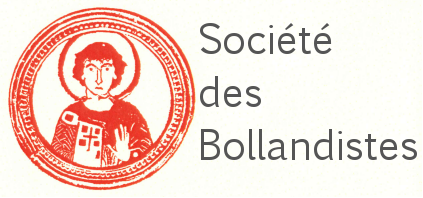Résumé :
The present paper addresses a description made by Ḥunayn ibn Isḥāq in his Nawādir al-Falāsifa of precious Greek manuscripts that he had in his hands, by comparing it to Byzantine manuscripts still preserved today. It scrutinizes Ḥunayn’s strategy and establishes that his deep concern was to argue for a historical continuum between ancient pagan philosophers and contemporary Christian scholars. According to Ḥunayn, both groups similarly rely on images, conceived as a tool for philosophical education. In so doing, Ḥunayn implicitly reacts against the denigration of the Byzantine culture, which is part and parcel of the agenda of many Muslim scholars from the Abbasid period.







